


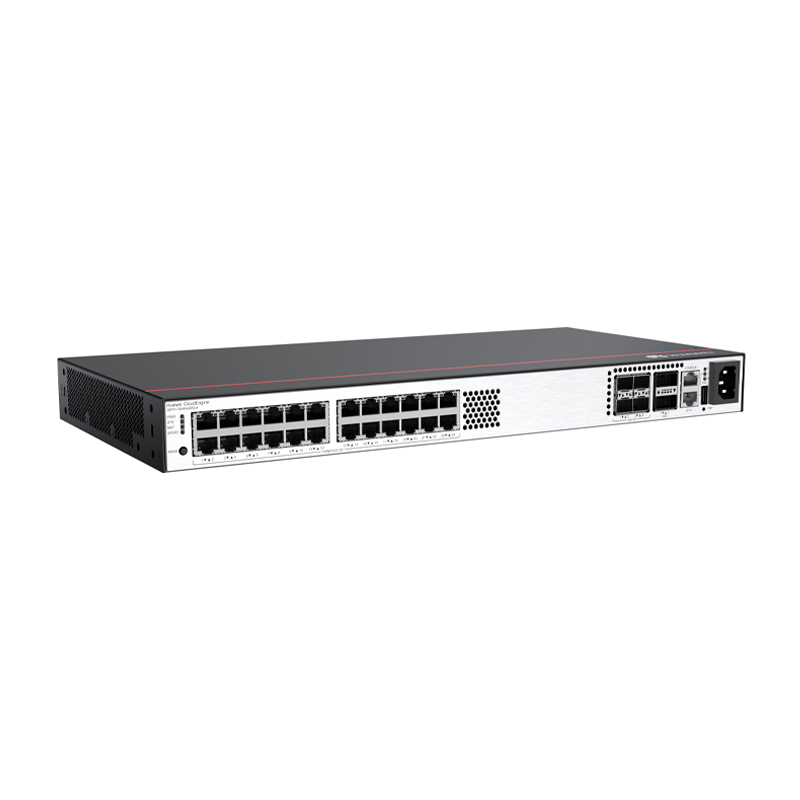
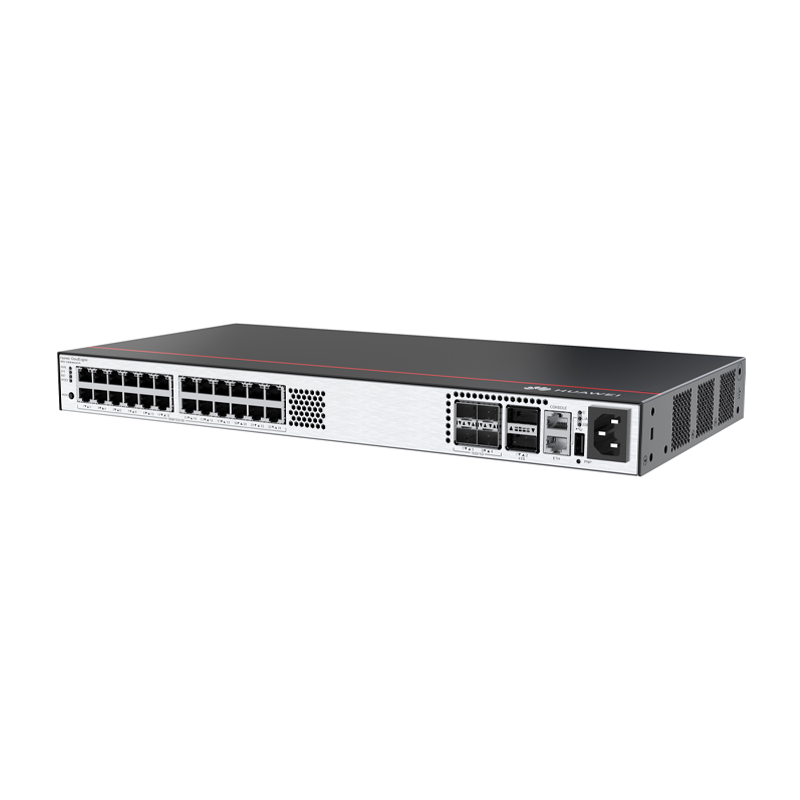
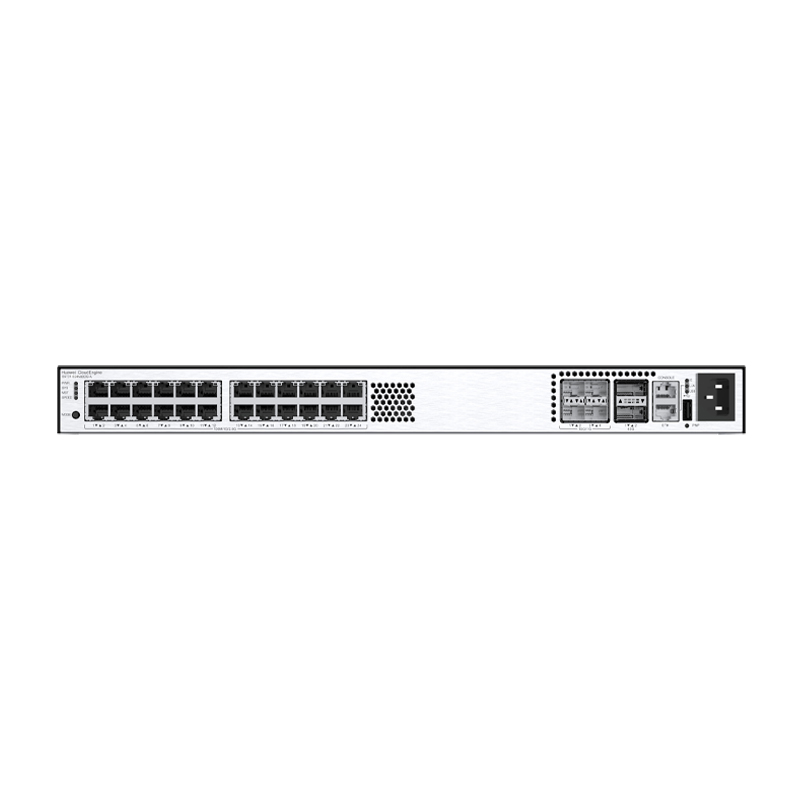






| Detail: | |
| Model: | |
| Condition: | |
| Related: | |
| Warranty: |

 100% Money-back
100% Money-back
 Free After-Sales Service
Free After-Sales Service
|
| Shipping: |
Air Shipping to
United States
, Most Customers Receive during 5-7 Days
?
If you finish the payment today,
your order will arrive within the estimated delivery time. |
| Ships to: |
2-7 Days
US$
|
| Payment: |
More
|
The CloudEngine S5731-S series switches were developed based on next-generation high-performing hardware and the Huawei Versatile Routing Platform (VRP). The CloudEngine S5731-S supports simplified operations and maintenance (O&M), intelligent stack (iStack), flexible Ethernet networking. It also provides enhanced Layer 3 features and mature IPv6 features. The CloudEngine S5731-S can be used in various scenarios. For example, it can be used as an access or aggregation switch on a campus network or as an access switch for Metropolitan Area Network.
Model | S5731-S24N4X2Q-A |
Part Number | 02354VBY |
Description | S5731-S24N4X2Q-A (24*100M/1G/2.5G Ethernet ports, 4*10GE SFP+ ports, 2*40GE QSFP ports, AC power, front access) |
Dimensions without packaging (H x W x D) [mm(in.)] | Basic dimensions (excluding the parts protruding from the body): 43.6 mm x 442.0 mm x 220.0 mm (1.72 in. x 17.4 in. x 8.66 in.) |
Weight with packaging [kg(lb)] | 5.4 kg(lb) |
Typical power consumption [W] | 106 W |
Maximum power consumption [W] | 134 W |
Memory | 2 GB |
Flash memory | 1 GB in total. To view the available flash memory size, run the display version command. |
PoE | Not supported |


Note:
(1) | Twenty-four 100M/1000M/2.5GE BASE-T ports (multi-GE ports) | (6) | One USB port |
(2) | Four 10GE SFP+ ports | (7) | One PNP button |
(3) | Two 40GE QSFP+ ports | (8) | AC socket |
(4) | One ETH management port | (9) | Ground screw |
(5) | One console port |
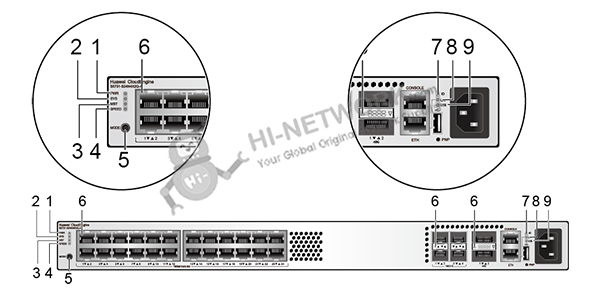
No. | Indicator | Name | Color | Status | Description |
1 | PWR | Power module indicator | - | Off | The switch is powered off. |
Green | Steady on | The system power supply is normal. | |||
2 | SYS | System status indicator | - | Off | The system is not running. |
Green | Fast blinking | The system is starting. | |||
Green | Steady on | During the system startup preparation phase, the SYS indicator is steady green, which lasts for a maximum of 30 seconds. | |||
Green | Slow blinking | The system is running normally. | |||
Red | Steady on | The system does not work normally after registration, or a fan alarm or a temperature alarm has been generated. | |||
3 | MST | Stack indicator | - | Off | ● If you are not changing the indicator mode (default): The switch is a standby or slave switch in a stack or the stacking function is not enabled on the switch. |
Green | Steady on | The stack mode is selected. The switch is a standby or slave switch in a stack, and the service port indicators show the stack ID of the switch. | |||
Green | Blinking | ● If you are not changing the indicator mode (default): The switch is the master switch in a stack or a standalone switch with the stacking function enabled. | |||
4 | SPEED | Speed indicator | - | Off | The speed mode is not selected. |
Green | Steady on | The speed mode is selected, and service port indicators show the speed of each port. | |||
5 | MODE | Mode switch button | - | - | ● When you press this button once, the service port indicators change to the stack mode and show the stack ID of the local switch. |
6 | - | Multi-GE port indicator (one indicator for each port) | The indicator in the upper left corner of a port indicates the indicator of a port at the top, and the indicator in the upper right corner indicates the indicator of a port at the bottom. | Meanings of service port indicators vary in different modes. | |
40GE optical port indicator (one indicator for each port) | Arrowheads show the positions of ports. A down arrowhead indicates a port at the bottom, and an up arrowhead indicates a port at the top. | ||||
10GE optical service port indicator (two indicators for each port) | Each optical port has two single-color indicators. The one on the left is the ACT indicator (yellow), and the one on the right is the LINK indicator (green). | ||||
7 | ID | ID indicator | - | Off | The ID indicator is not used (default state). |
Blue | Steady on | The indicator identifies the switch to maintain. The ID indicator can be turned on or off remotely to help field engineers find the switch to maintain. | |||
8 | L/A | ETH port indicator | - | Off | The ETH port is not connected. |
Green | Steady on | The ETH port is connected. | |||
Green | Blinking | The ETH port is sending or receiving data. | |||
9 | USB | USB-based deployment indicator | - | Off | ● No USB flash drive is connected to the switch. |
Green | Steady on | A USB-based deployment has been completed. | |||
Green | Blinking | The system is reading data from a USB flash drive. | |||
Yellow | Steady on | The switch has copied all the required files and completed the file check. The USB flash drive can be removed from the switch. | |||
Red | Blinking | An error has occurred when the system is executing the configuration file or reading data from the USB flash drive. | |||
Do you have any question about the S5731-S24N4X2Q-A (02354VBY)?
Contact us now via [email protected].
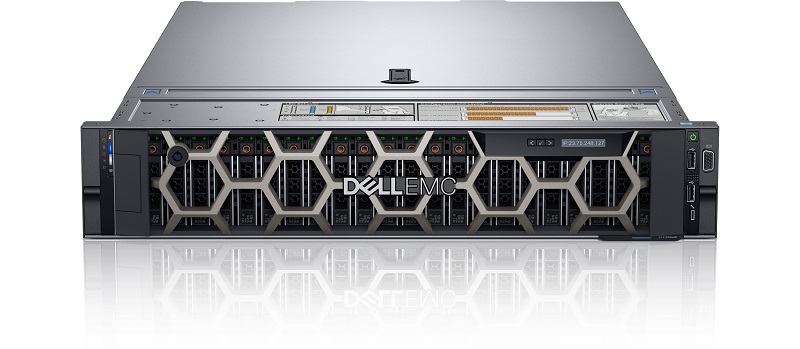
DELL Used R740 Rack Server

Common display Commands for Huawei Devices
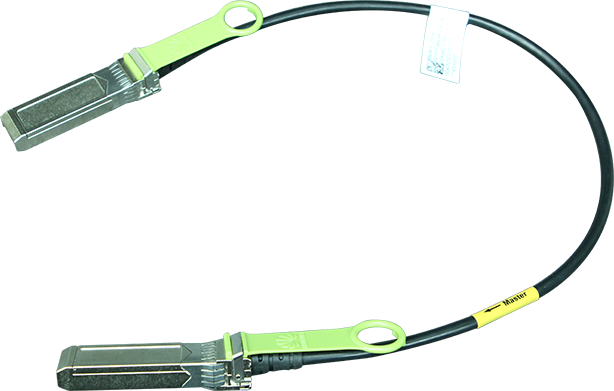
Stacking Card Stacking vs. Service Port Stacking: Application Scenarios for the Two Switch Stacking Methods
Connecting huawei switch console port configuration, there appear many ports forwarding data?
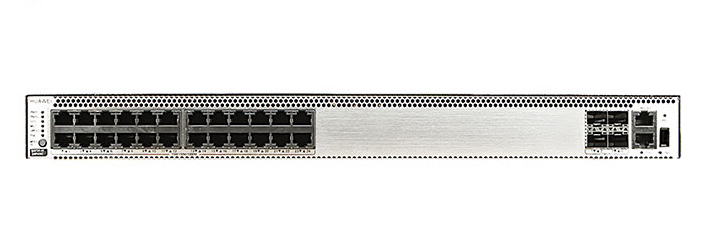
Huawei S5731-H24T4XC: High-Performance Intelligent Gigabit Switch
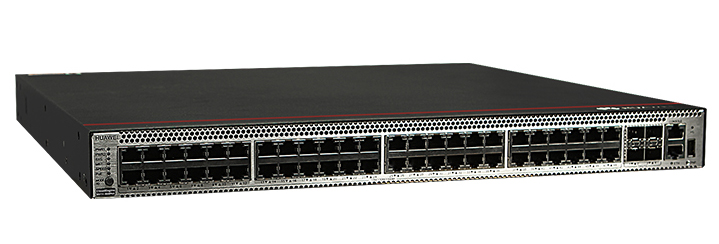
Huawei S5731-S48P4X: High-Performance PoE Switch with Flexible Power and Uplink Options
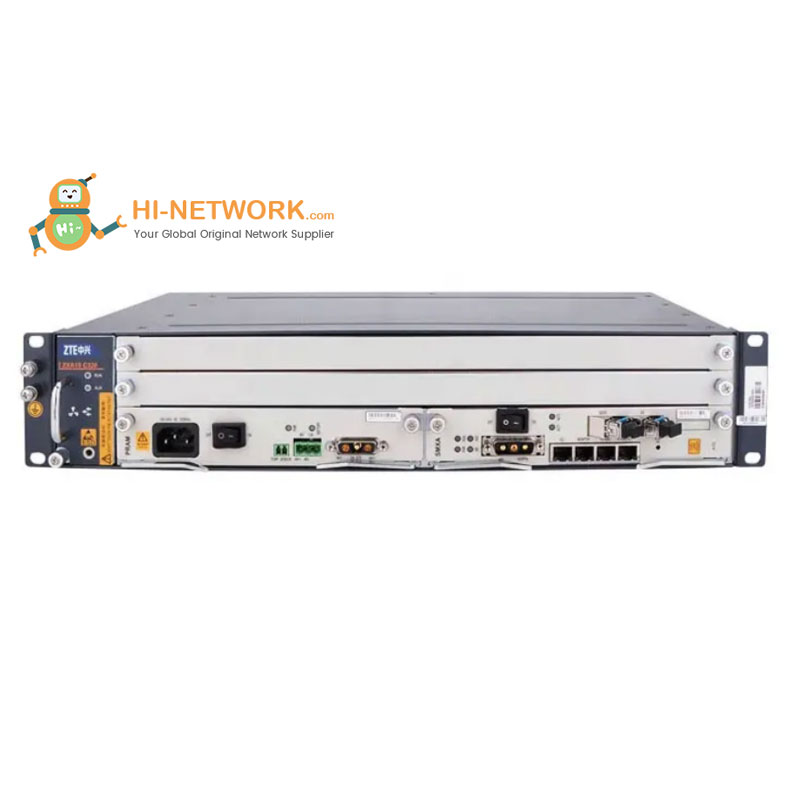
Epon zte olt zxa10 c320 smx a board chasis dc power card with with ETGO EPON
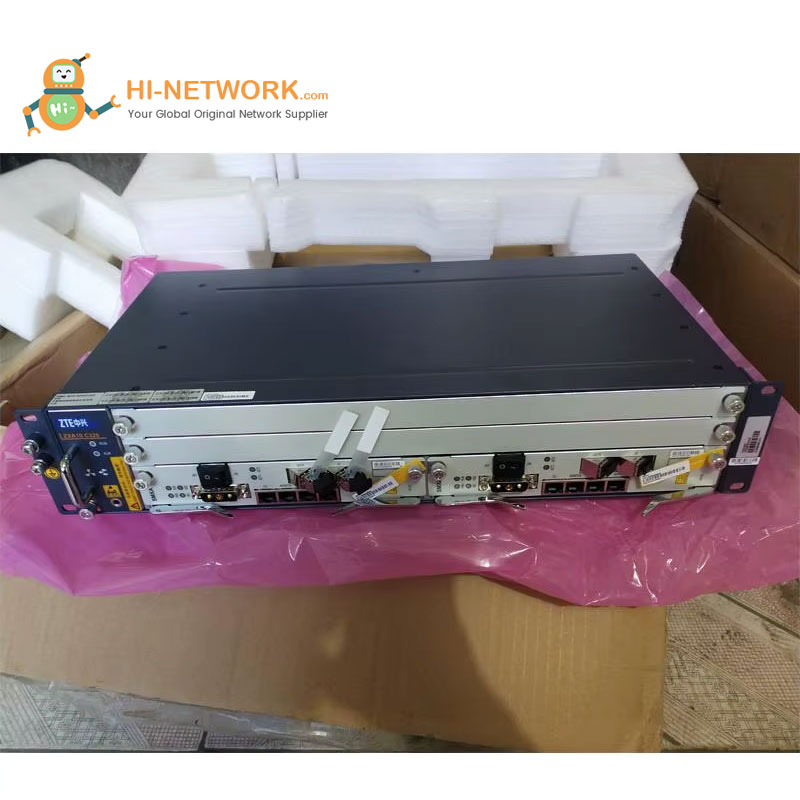
ZTE 10gig Olt 8 port C320 smart mini olt 48v SMXA-A31 10Gb zxa10 board chasis

Huawei S5731 Series: Advanced Networking Solutions for Enterprises
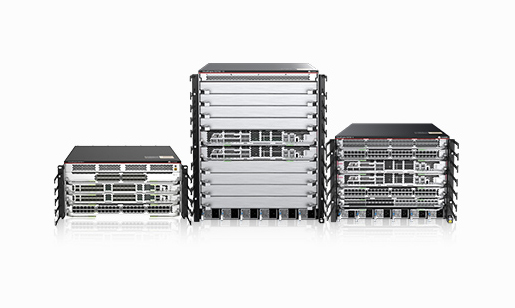
Difference between campus switch and data center switch